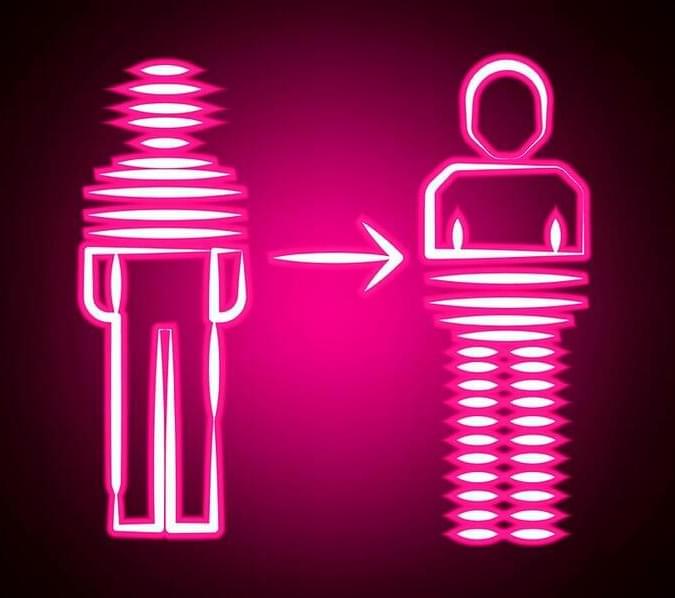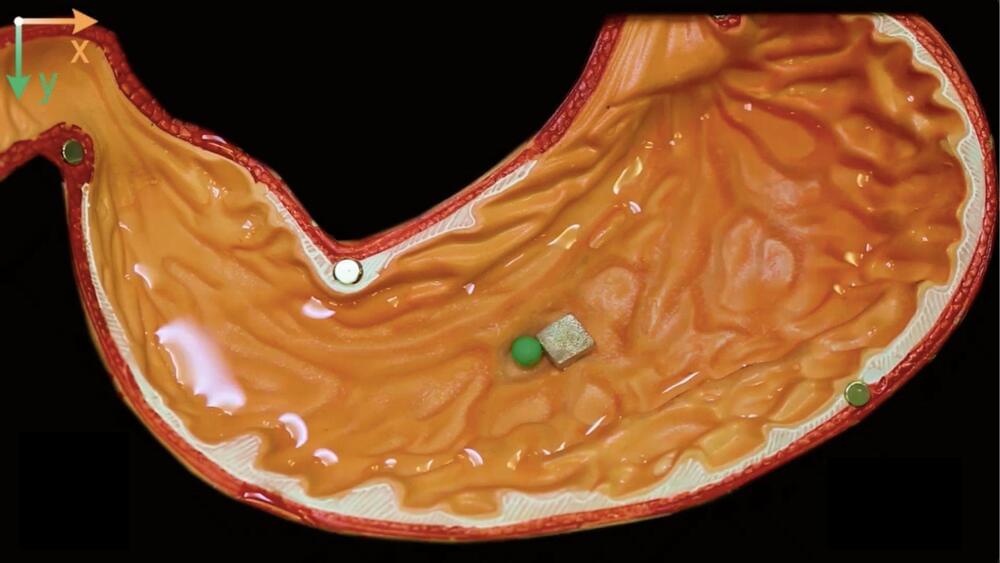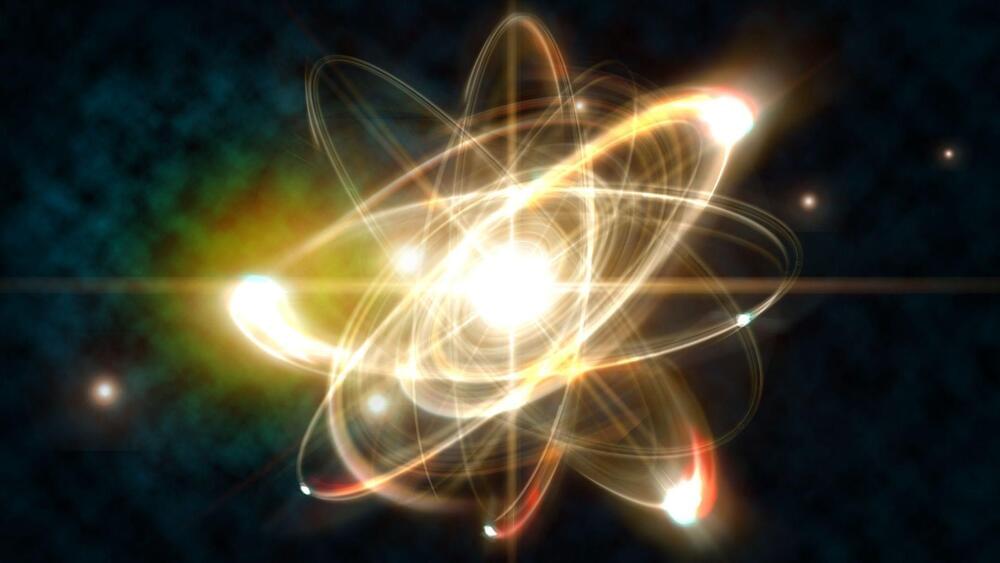While the idea of teleportation in general sounds quite far-fetched it’s not a concept we’re too terribly far away from. In this day and age, we are much more advanced than people realize and moments like this really prove exactly that.
Just a couple years ago Chinese scientists revealed that they had managed to send a photon from Earth to a satellite that was orbiting the planet at least three hundred miles away. Yes, they teleported it into space. This was a serious feat in the world of quantum physics and at the time was touted as a ‘futuristic breakthrough.’
While a bit ‘out there’ it seems that teleportation has become something quite standard in quantum optics labs globally but this was easily the longest distance something was able to be teleported. The phenomenon that allows this to happen is known as entanglement and it happens when two quantum objects form at the same instant and point in space. This meaning that they hold the same wave function and according to Technology Review, are able to share this even when separated.






